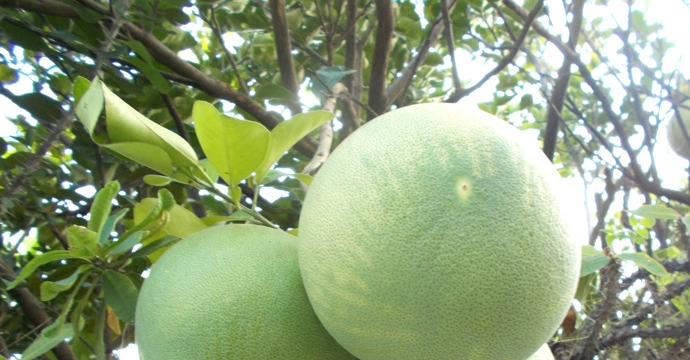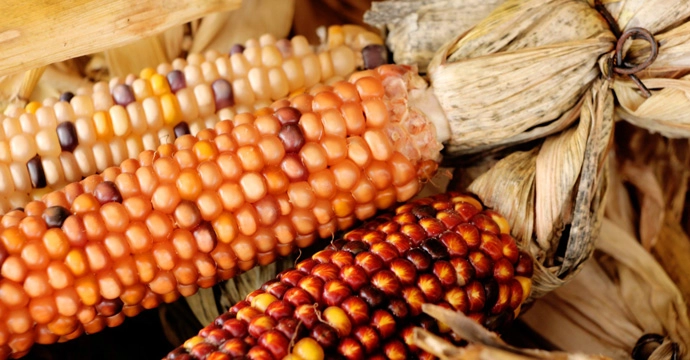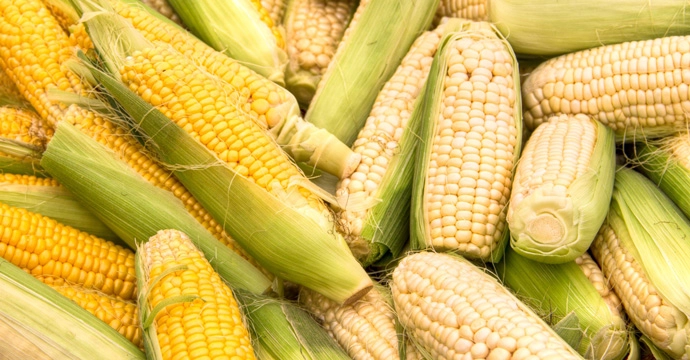The China–Laos Railway & Worsening Food Crisis
Images: gnomeandi;
Peter Gudella (Shutterstock.com)
The worsening food crisis around the world has made the China–Laos Railway, which opened in December 2021, even more important to China. Has China taken steps to help Laos so that the latter can manage related legal risks better? From China’s perspective, helping Laos maximize its benefits from this USD 6 billion railway project while minimizing the risks involved will strengthen the two countries’ relations and bode well for China’s presence in that region.Read more







